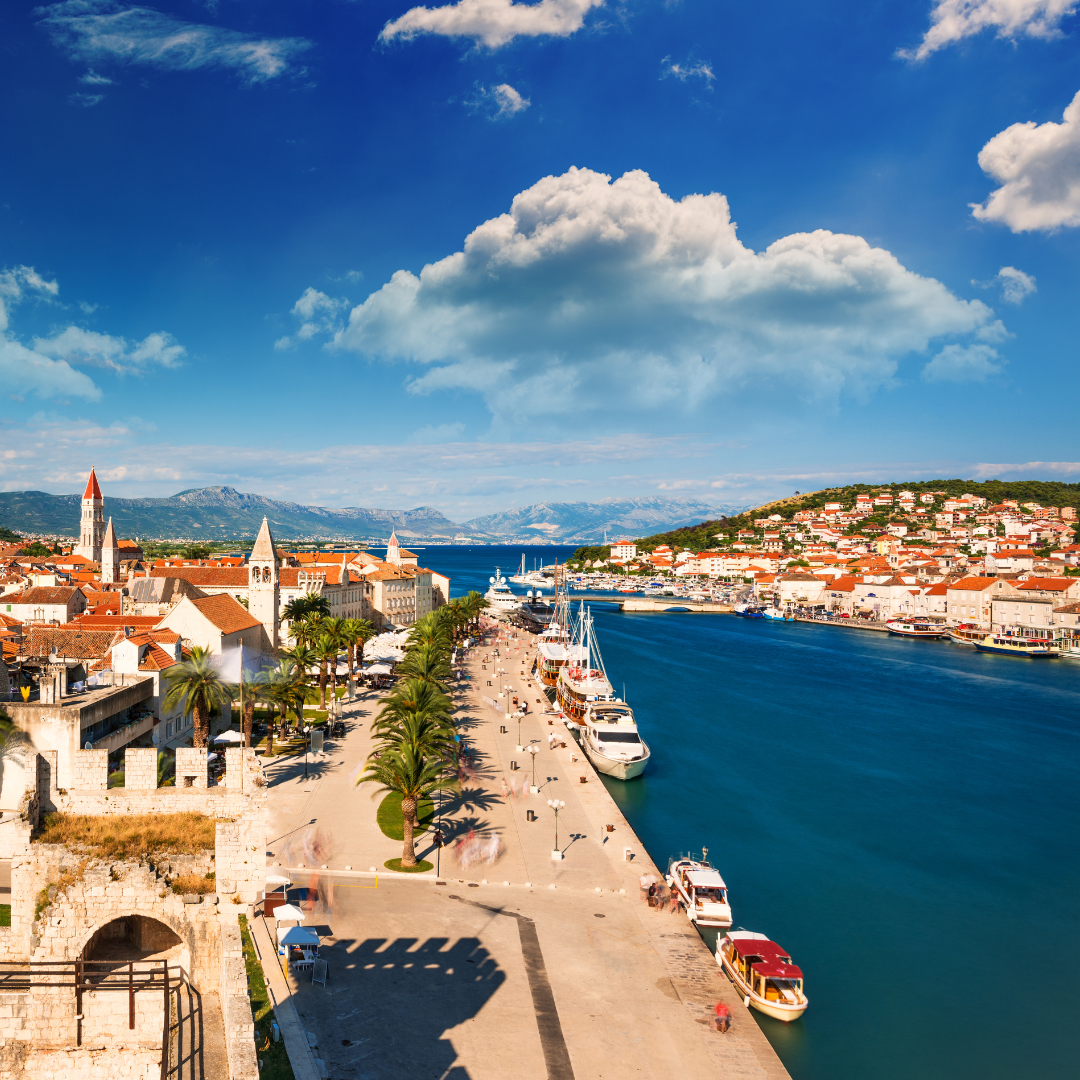Historic Ports of Call: Anchoring in Ancient Cities like Trogir, Šibenik, and Pula

The Adriatic coastline of Croatia stands as a silent testament to the various civilizations that once flourished along its shores. Navigating these waters offers a voyage through time, as historic ports of call beckon travelers with tales of ancient grandeur, maritime legends, and architectural masterpieces. Anchoring in cities like Trogir, Šibenik, and Pula is like leafing through the pages of a history book, where each stone, square, and seafront sings of bygone eras, waiting to be rediscovered.
Trogir’s Time Capsule: Exploring a UNESCO World Heritage City
Afloat on a small island and connected to the mainland by bridges, Trogir feels like a dreamy reverie of medieval splendor. Dubbed a ‘museum city’, Trogir is a UNESCO World Heritage site and an exceptional example of urban continuity from the Hellenistic period onward. The Cathedral of St. Lawrence with its magnificent Romanesque door, the Kamerlengo Castle, and the wide seaside promenade offer glimpses into the city’s Venetian influenced past. Wander through the narrow alleys, and you’ll find houses with Gothic, Renaissance, and Baroque details. Each corner of Trogir whispers stories of merchants, sailors, and artists who once graced its cobbled pathways.
Šibenik’s Stone Beauty: Cathedrals, Fortresses, and Festivals
Boasting a rich heritage shaped by Croat, Byzantine, Venetian, and Hungarian influences, Šibenik is a coastal gem. Dominating the cityscape is the Cathedral of St. James, a Gothic-Renaissance masterpiece made entirely of stone. The city’s fortresses – St. Michael’s, St. John’s, and Barone – stand guard over the azure Adriatic, each with tales of historic sieges and battles. But it’s not all about the past; the International Children’s Festival and the Šibenik Dance Festival infuse the city with modern vibrancy, illustrating how tradition and contemporary spirit coexist.
Pula’s Roman Relics: The Arena, Temples, and Ancient Gates
Pula, sitting at the tip of Croatia’s Istrian Peninsula, is a blend of Roman grandeur and maritime elegance. Dominating the city is the Pula Arena, one of the world’s best-preserved Roman amphitheaters, still hosting events and concerts. The Temple of Augustus, the Arch of the Sergii, and the Twin Gates are monumental reminders of a time when Pula was a strategic Roman outpost. Today, alongside these ancient structures, chic cafes, and contemporary galleries make Pula a captivating blend of old and new.
Zadar’s Sea Organ: Music, Sunsets, and Roman Squares
The ancient city of Zadar offers a sensory experience. While Roman ruins such as the Forum recount its historical significance, the Sea Organ, an architectural sound art object, produces melodies using the sea waves. As if that’s not magical enough, the Greeting to the Sun installation captures the renowned Zadar sunset, turning it into a light show. These modern additions, juxtaposed against ancient Roman and Byzantine structures, make Zadar a delightful convergence of eras.
Rijeka’s Maritime Past: Ports, Castles, and Museums
Rijeka, known for its bustling port, has a maritime legacy that’s intertwined with Austro-Hungarian and Italian influences. The Maritime and History Museum of the Croatian Coast showcases this rich heritage. Overlooking the city, Trsat Castle provides panoramic views, while the Korzo, Rijeka’s main promenade, is a lively stretch echoing with multicultural layers from its past.
History Meets Modernity: Balancing Past and Present in Coastal Towns
While the allure of these ancient cities lies in their historical treasures, they are far from being stuck in time. Contemporary cafes, art galleries, music festivals, and modern marinas infuse new life into these historic locales. This fusion of epochs is what makes Croatia’s coastal towns unique, where one can sip a modern craft beer in a centuries-old square or attend a film festival in a Roman amphitheater.
Anchorage Insights: Safe Mooring in Historic Harbors
When anchoring in these historic harbors, mariners need to be mindful of maritime regulations, depth charts, and local guidelines. While modern marinas in cities like Šibenik and Pula offer state-of-the-art facilities, it’s essential to respect the sanctity of ancient ports. Engage with local sailors or harbor masters, who often share invaluable insights, ensuring not just safe anchorage but also a deeper connection with the city’s maritime traditions.
The Adriatic, with its historic ports of call, offers a journey unlike any other. As one anchors in the shadow of ancient fortresses, walks along promenades echoing with tales of legendary sailors, or enjoys a meal in a centuries-old square, the past melds seamlessly with the present. These cities, with their rich tapestry of history, art, and culture, serve as timeless reminders of the civilizations that thrived along Croatia’s shores, beckoning travelers to drop anchor and delve into their stories


